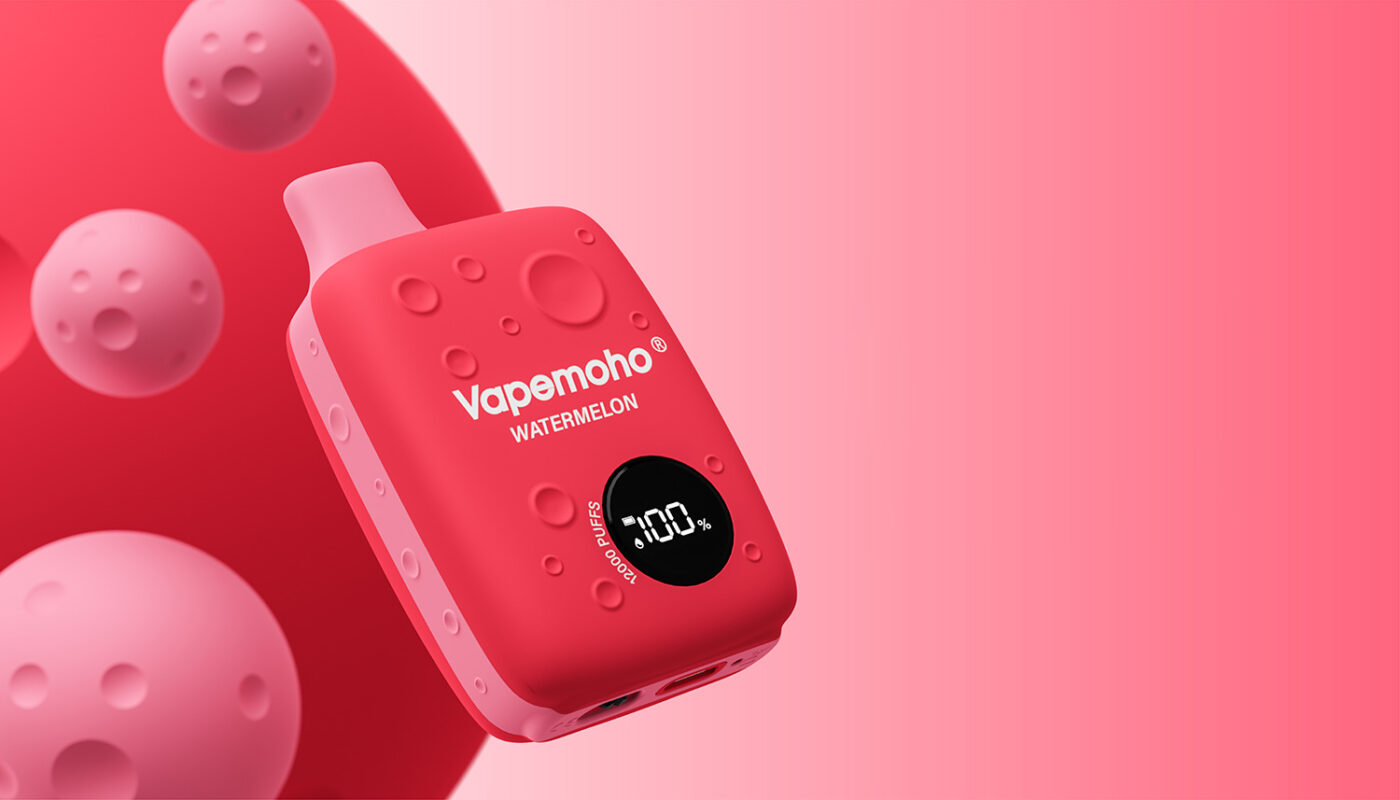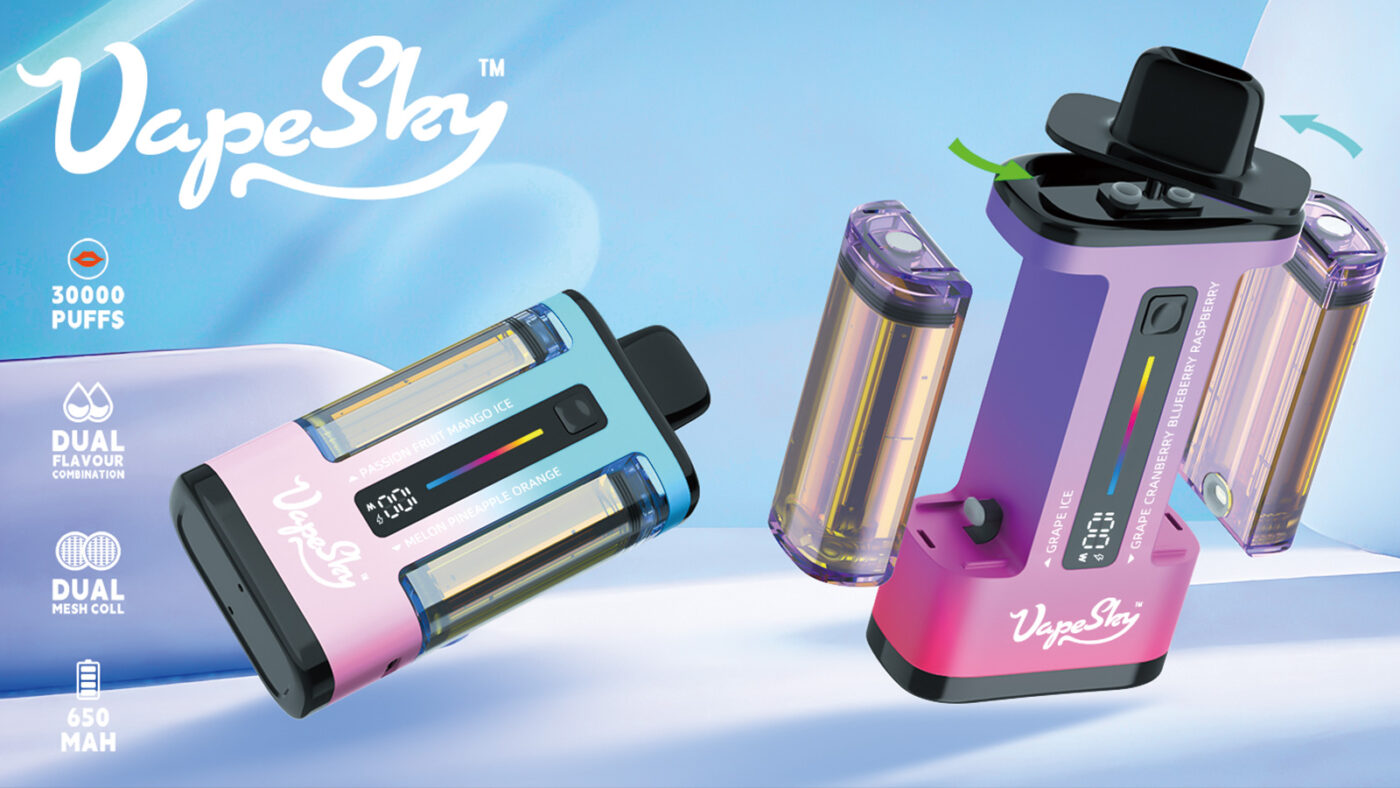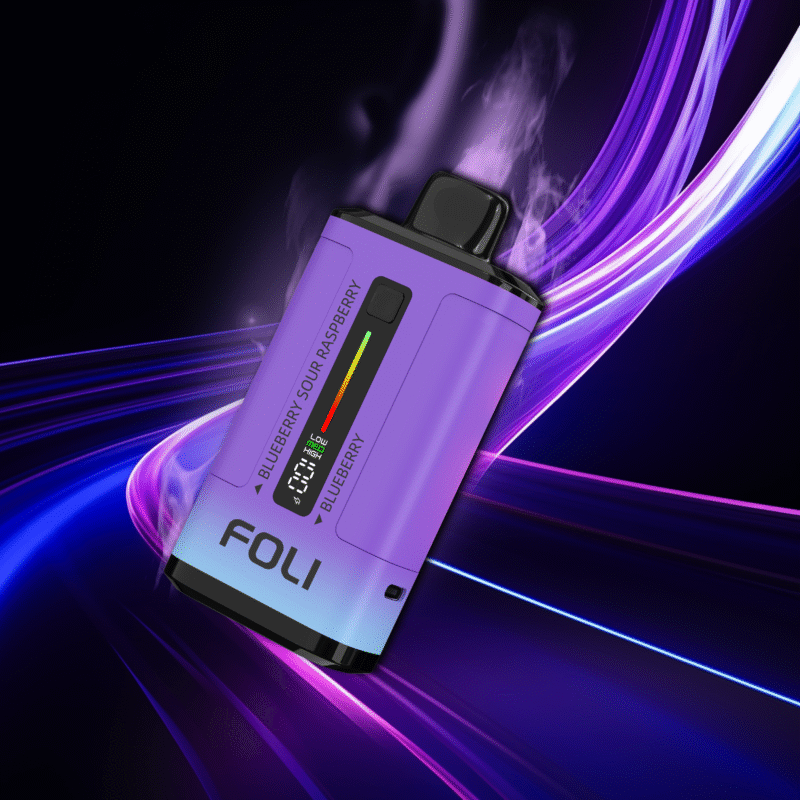The public health debate around smoking alternatives has intensified in recent years, with disposable vapes emerging as a popular option for those seeking to reduce or quit traditional cigarette use. As harm reduction tools, these devices present both opportunities and challenges that warrant careful examination.
Understanding Harm Reduction
Harm reduction refers to strategies that reduce the negative consequences of potentially harmful behaviors without requiring complete abstinence. In tobacco use, this approach acknowledges that while complete cessation is ideal, reducing harm through less dangerous alternatives can still provide significant health benefits.
Traditional cigarettes contain thousands of chemicals, many of which are carcinogenic. The primary harm comes from combustion—burning tobacco produces tar and other toxic byproducts that cause most smoking-related diseases.
The Case for Disposable Vapes
Disposable vapes operate by heating a liquid (typically containing nicotine, flavorings, and other chemicals) into an aerosol without combustion. This fundamental difference from traditional smoking forms the basis of their harm reduction potential.
Key advantages of disposable vapes in harm reduction:
- Significantly reduced exposure to harmful chemicals compared to combustible cigarettes
- Ability to control nicotine intake, potentially facilitating gradual reduction
- Mimics the behavioral aspects of smoking, addressing both physical and psychological dependencies
- Discreet and convenient for users seeking alternatives in various settings
Public Health England’s landmark 2015 evidence review concluded that e-cigarettes are approximately 95% less harmful than traditional tobacco cigarettes. While subsequent research has nuanced this figure, the consensus remains that vaping represents reduced harm compared to continued smoking.
Potential Concerns and Limitations
Despite their potential benefits, disposable vapes present several concerns. The long-term health effects of vaping remain incompletely understood, particularly regarding respiratory health and cardiovascular impacts.
Environmental concerns surrounding disposable vapes are significant. Unlike rechargeable devices, disposables contribute to electronic waste, with limited recycling options for their lithium batteries and plastic components.
Additionally, the appealing flavors and discreet design of disposable vapes have raised concerns about youth adoption. Regulatory frameworks struggle to balance adult access for harm reduction against preventing nicotine addiction among non-smokers, particularly adolescents.
Regulatory Landscape
The regulatory approach to disposable vapes varies globally. Some countries embrace them as reduced-risk products, while others implement strict regulations or outright bans. This patchwork of policies creates challenges for consistent public health messaging and access for adult smokers seeking alternatives.
Effective regulation should balance several goals: ensuring product safety and quality standards, restricting marketing to youth, providing accurate information to adults, and maintaining accessibility for current smokers seeking less harmful alternatives.
Comparative Effectiveness
Research suggests that e-cigarettes, including disposables, can be effective smoking cessation tools. A 2019 randomized trial published in the New England Journal of Medicine found that e-cigarettes were nearly twice as effective as nicotine replacement therapy for smoking cessation.
However, success depends on proper use patterns. Complete switching from cigarettes to vaping delivers the greatest harm reduction benefit, while dual use (continuing to smoke while vaping) provides more limited health advantages.
Conclusion: A Nuanced Perspective
Disposable vapes represent a reduced-harm alternative for current adult smokers who would otherwise continue using combustible cigarettes. While not risk-free, they likely pose significantly fewer health risks than continued smoking.
The harm reduction potential of disposable vapes must be balanced against concerns about youth uptake, environmental impact, and incomplete long-term safety data. For public health maximization, these products should be positioned as transitionary tools for current smokers rather than recreational products for non-smokers.
Ultimately, disposable vapes can play a role in comprehensive tobacco harm reduction strategies when appropriately regulated and targeted toward adult smokers seeking alternatives to combustible tobacco.
Note: This article provides general information only and should not be considered medical advice. Individuals considering vaping for harm reduction should consult healthcare professionals for personalized guidance.






